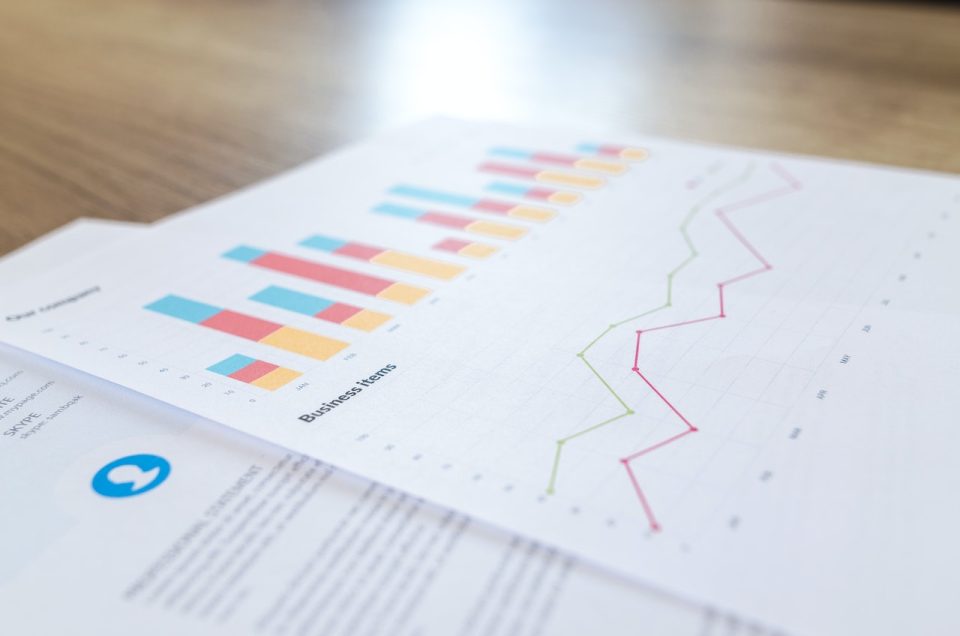In a development that sent ripples through the financial markets, the latest projections by the Federal Reserve last week have solidified the belief that higher interest rates are poised to persist in the long term. However, contrary to this forecast, experts anticipate that inflation will not hit the coveted 2% benchmark for a staggering seven years.
While the Federal Reserve keeps a watchful eye on the PCE (Personal Consumption Expenditures) indicators to gauge price stability, central bankers emphasize the need for a comprehensive evaluation of multiple economic indicators when formulating growth projections. The initial Fed estimate for this year’s GDP growth was a modest 1%, but this has been subsequently revised to a more robust 2.1%. Similarly, next year’s GDP growth projection has been raised from 1.1% to 1.5%. Although these figures signal economic steadiness, the Fed exercises prudence, wary of potential unforeseen spikes in inflation and potential labor market imbalances stemming from prolonged strong economic growth.
A critical factor under scrutiny is the resilience of the U.S. consumer base. Current GDP readings suggest that the American economy has yet to bear the full brunt of escalated borrowing costs. Key indicators still point towards sustained expansion. This trajectory indicates that the monetary policies accompanying extended periods of heightened inflation may be on the horizon. Initially planning a rate hike in September, the Fed has left room for adjustments if deemed necessary.
Michael Farr, Chief Market Strategist for Hightower Advisors and Founder & CEO of Farr, Miller & Washington, observed that the Fed’s initial projections anticipated a more pronounced deceleration in economic activity, a phenomenon yet to manifest due to robust consumer demand. This unforeseen resilience of the American consumer could potentially complicate the Fed’s strategy for addressing inflation.
While PCE readings remain a linchpin in the Fed’s pursuit of price stability and inflation targets, central bankers underscore the importance of taking a holistic view of economic data when shaping future inflation trajectories. As long as economic expansion defies the Fed’s prognostications with subdued borrowing costs, investors are advised to remain vigilant to other influential data points that may alter inflation objectives in the days ahead.
Source: Yahoo Finance

